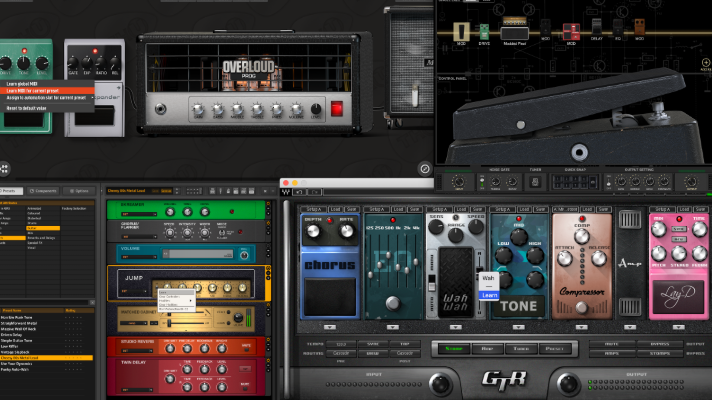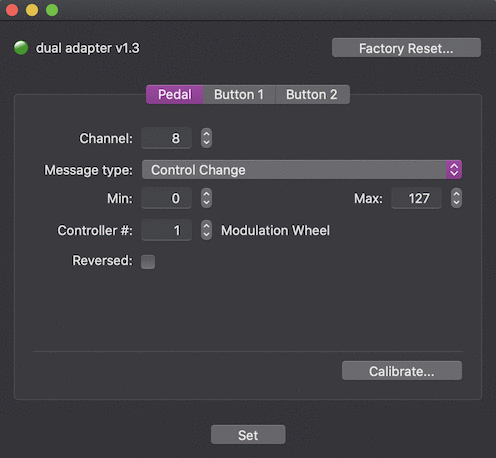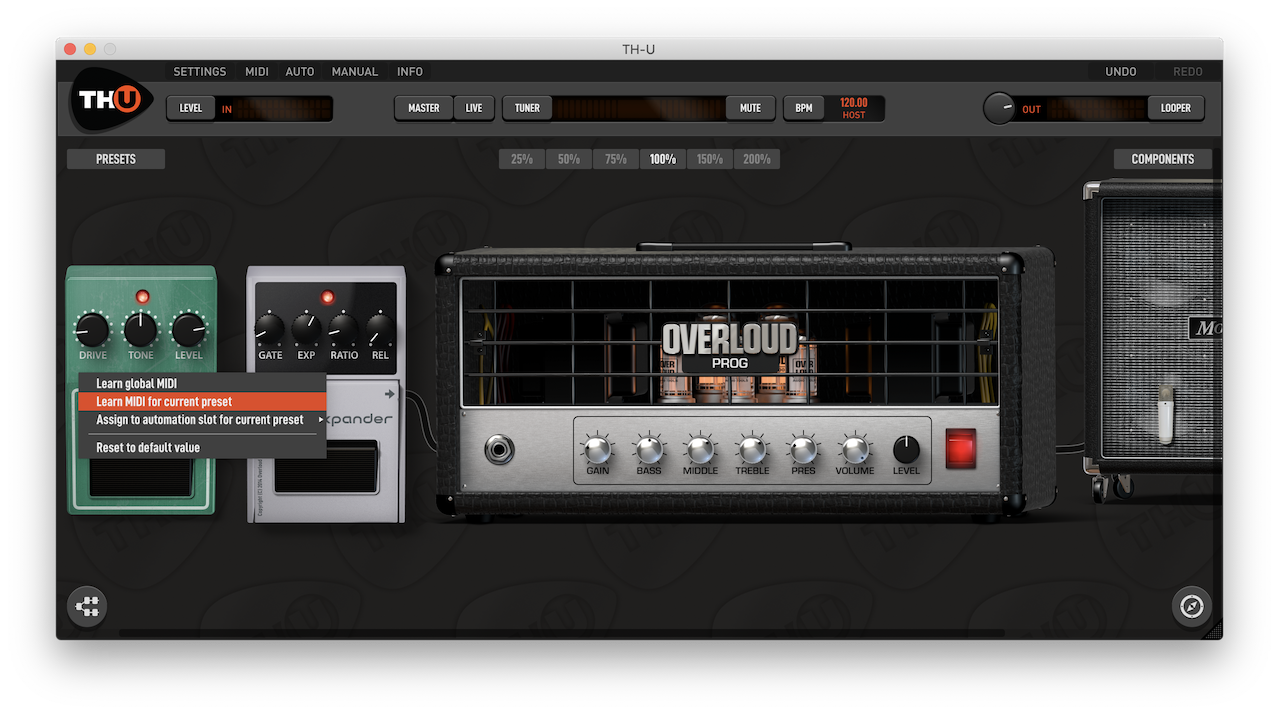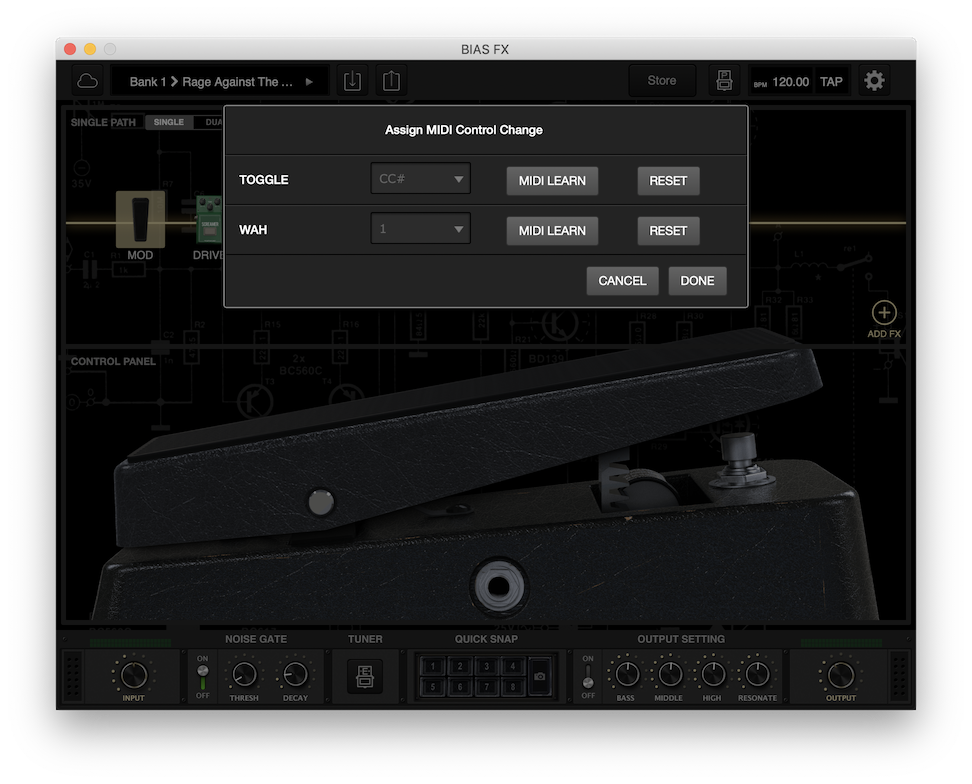How to control your Amp Sim with a foot controller - intro

In the era of DAWs and VST plugins, many guitarists are increasingly using amp simulators (amp sims for short). The name may mistakenly suggest that they are only used to model guitar amps, but they usually also contain components such as cabs, microphones and effects – thousands of iconic guitar tones at your fingertips. A good amp sim can save your time and money.
Software pedals not only sound great (often better than their analog originals) – they even emulate their appearance in the smallest details.
And here, unfortunately, their similarity ends. They lack one basic function out of the box. A function which is so key that is in the name of the products.
A pedal, stompbox, footswitch – all these devices are designed to be controlled with your foot, not your hand using a mouse or touchpad.
Fortunately, almost all DAWs, as well as individual VST plugins, can be controlled by external MIDI controllers, particularly foot controllers. If you don’t have one, but you have a regular expression pedal, guitar amp footswitch, or even a piano sustain pedal, you can easily convert them into full‑fledged MIDI controllers with this one adapter.
Each amp simulator is configured differently, but the principle is similar.
Let’s start with equipment that can be programmed to send the appropriate CC messages. Each controller number can be assigned to a different footswitch button or pedal and you can also set the range of MIDI values.

beat bars config
Next, in the amp sim you need to properly map MIDI messages and assign them to the appropriate plug‑in settings.
Most often it is done using the “MIDI Learn” function, which is activated by right‑clicking on the plug‑in’s knob, slider, switch or button:
Waves PRS and GTR


Overloud TH‑U

Native Instruments GuitarRig

PositiveGrid BIAS FX

This standard approach has its limitations. When you want to control more effects, you have to increase the amount of control equipment accordingly.
However, you can use one very simple trick – set the foot controller to send not Control Change events, but Program Change events.
Thanks to this, with just one two‑button footswitch you will be able to turn on and off any effects and their entire groups and sets, and with one expression pedal you can control effects such as wah‑wah, whammy and parameter settings, e.g. gain level or delay time.
I will describe how to do it in the following posts with examples for popular amp sims.
Stay tuned.
👣 → 💻🎛🎚 → 🎶